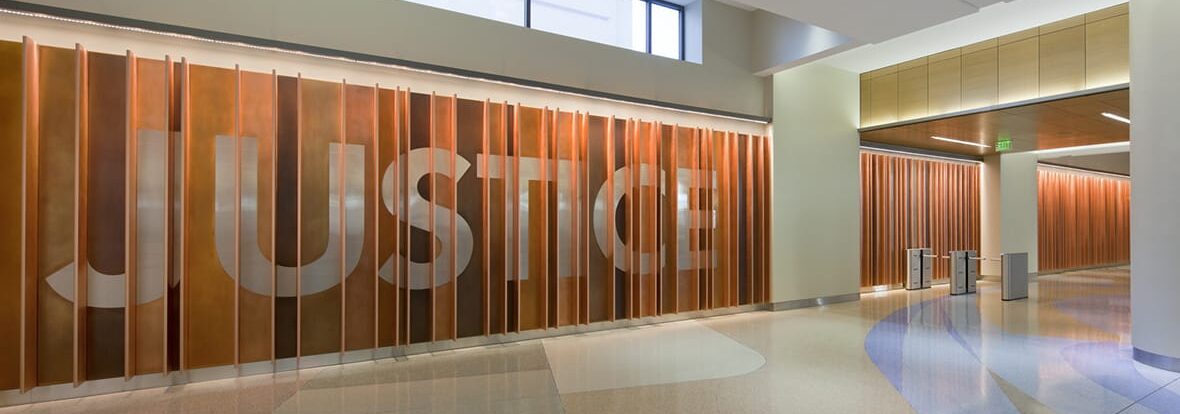Addressing behavioral health in corrections facilities
In 2016, about 1 in 13 people aged 12 or older needed substance use treatment. According to a study by the Bureau of Justice Statistics, more than half (54%) of prisoners and a third (35%) of jail inmates who met the threshold for serious psychological distress (SPD) had received mental health treatment since admission to their current facility. The numbers are staggering. Criminal justice facilities must be built to accommodate mental health treatments for inmates. One way to find solutions is by working with healthcare professionals to understand patient needs. Gilbane’s criminal justice Center of Excellence (COE) collaborates with our healthcare COE to understand the needs of both markets and deliver solutions that seamlessly integrate the two types of facilities.
Advancements in technology
Facilities are integrating technology to improve efficiencies and security. We are seeing correctional facilities offer tablets for video visitation with families. They’re using educational tablets for meaningful rehabilitation and programming. Owners are installing wireless fire alarms and personal duress systems to ensure individual safety. All of these are improving the effectiveness of correctional practices.
Utilizing creative delivery models
Public entities are searching for creative ways to deliver high quality facilities to their stakeholders, without breaking the bank. Public-private partnerships (P3) and design-build delivery models are emerging as viable financing and delivery methods in the corrections market. Both models have already been proven in other markets such as higher education.
Combining facilities for multiple localities
Combining facilities for multiple localities creates cost savings for law enforcement agencies and local governments. However, with more stakeholders involved in the planning, financing, design, location, operations and command, priority and communication challenges may and often do arise. Owners, architects and contractors must collaborate on a shared vision. Using Lean techniques like Pull Planning, can prevent risks and problems. Other helpful communication techniques during construction include using visual representations, implementing effective project controls and establishing clear lines of communication from the start.


